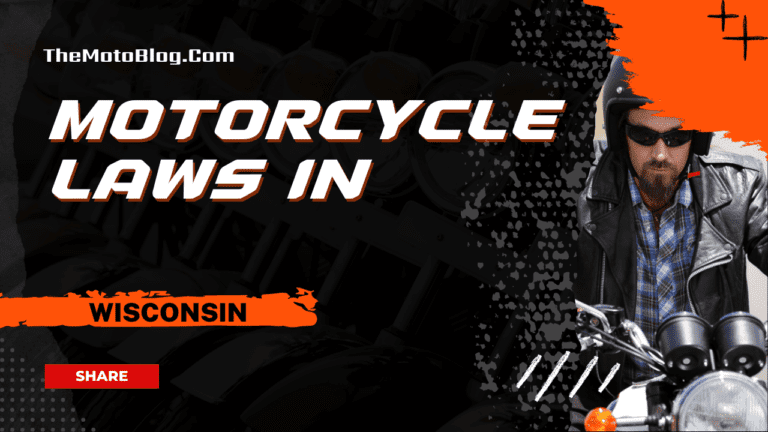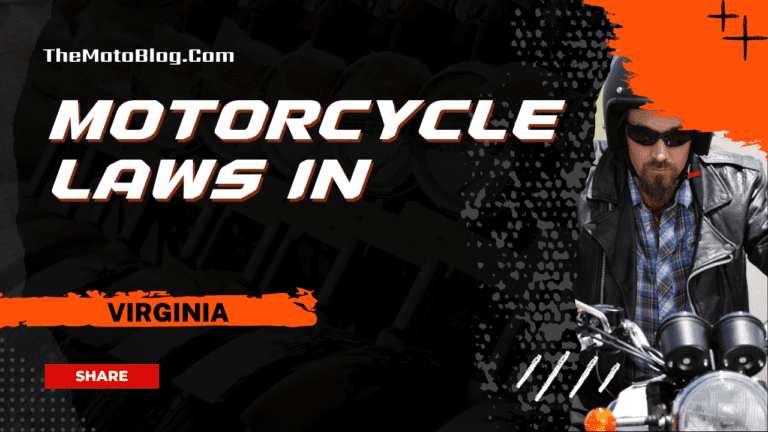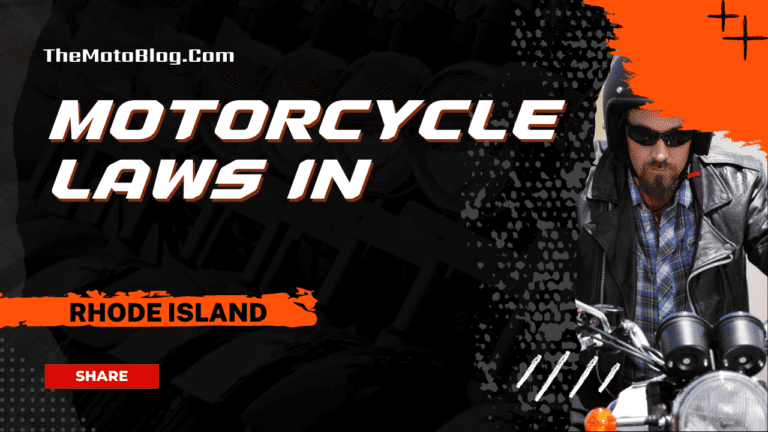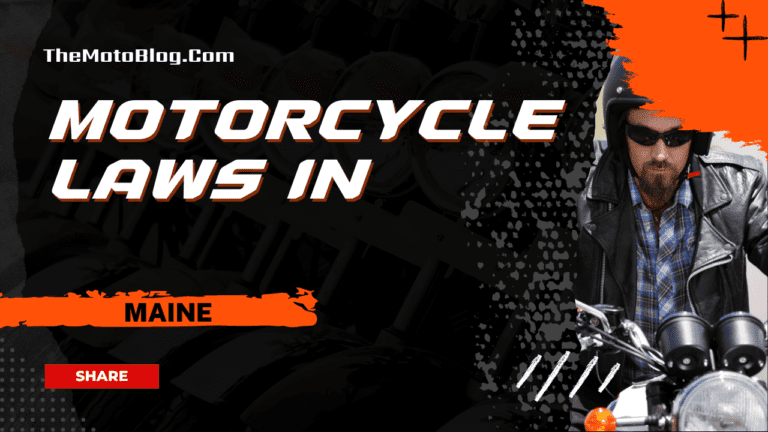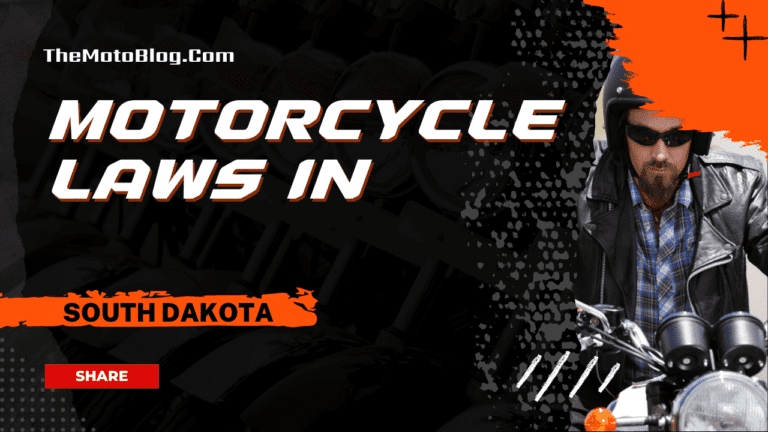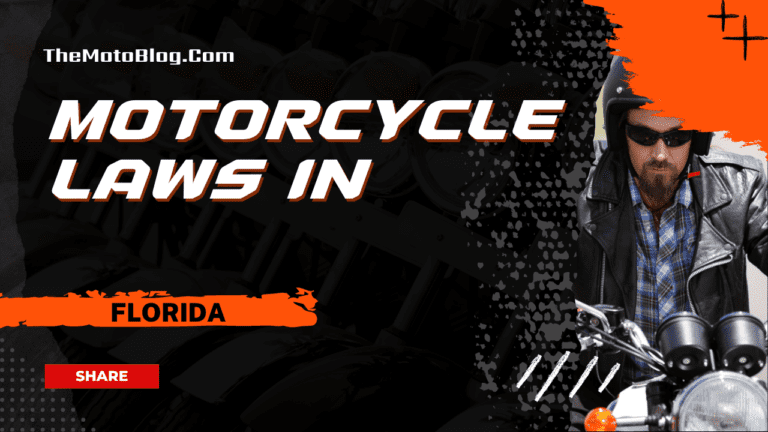Motorcycle Laws in Pennsylvania: A Comprehensive Guide for Riders
Navigating Pennsylvania’s motorcycle laws is essential for both seasoned riders and newcomers to the Keystone State’s vibrant riding community. Situated between the diverse terrains of New Jersey to the east and Ohio to the west, Pennsylvania offers unique riding experiences alongside comprehensive safety regulations. Whether you’re cruising through the Pocono Mountains or commuting in Pittsburgh, understanding these laws ensures both compliance and safety. While sharing some common ground with neighboring New York and Maryland, Pennsylvania maintains its distinct approach to motorcycle regulation, balancing rider freedom with public safety.
Pennsylvania shares its motorcycle regulations with several neighboring states, including New Jersey, New York, Ohio, Maryland, and Delaware. While each state maintains its unique requirements, Pennsylvania’s motorcycle laws focus on ensuring rider safety and road compliance.
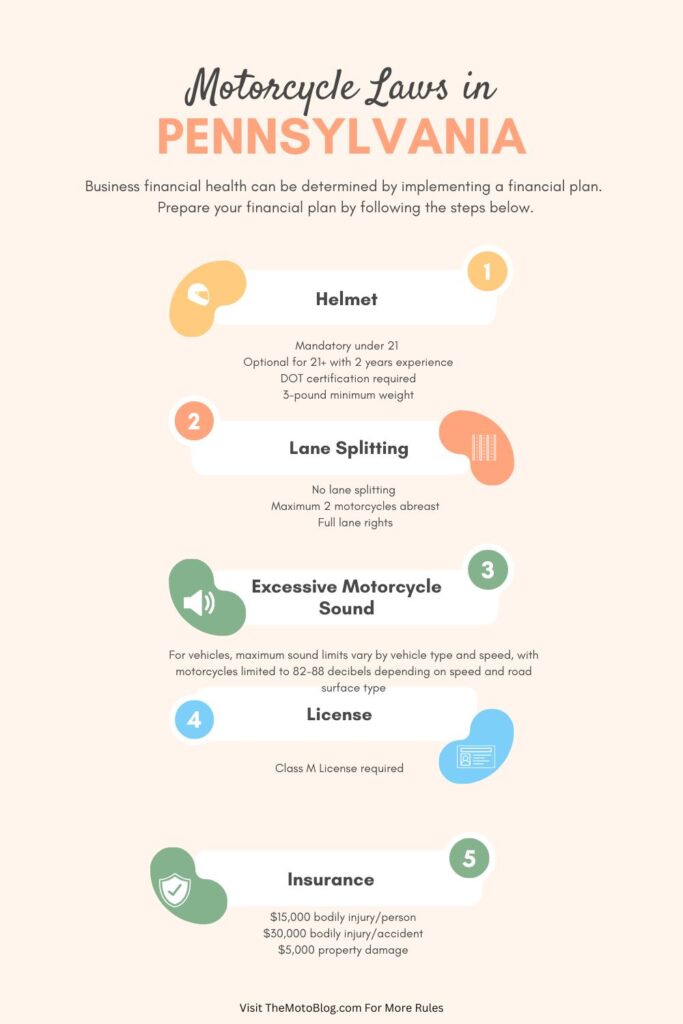
| Category/Requirement | Rule/Specification |
|---|---|
| Minimum Age | 16 years old |
| License Type | Class M License required |
| Testing | Knowledge and skills tests mandatory |
| Under 18 Requirements | • Parental consent required • 65 hours supervised riding • 6-month permit holding period |
| Helmet Laws | • Mandatory under 21 • Optional for 21+ with 2 years experience • DOT certification required • 3-pound minimum weight |
| Eye Protection | Required (except enclosed three-wheelers) |
| Insurance Minimums | • $15,000 bodily injury/person • $30,000 bodily injury/accident • $5,000 property damage |
| Lane Usage | • No lane splitting • Maximum 2 motorcycles abreast • Full lane rights |
| Equipment Requirements | • At least one headlight • One rearview mirror • Turn signals (post-1973) • Front and rear brakes |
| Excessive Motorcycle Sound Rules | • For vehicles, maximum sound limits vary by vehicle type and speed, with motorcycles limited to 82-88 decibels depending on speed and road surface type |
| Passenger Rules | • Must sit behind operator • Permanent seat required • Separate footrests mandatory • Helmets under 21 |
| Vehicle Limits | • 5 brake horsepower (motor-driven) • 50cc/1.5 hp (mopeds) |
| Registration | • Annual renewal required • Plate must be visible • Vertical mounting allowed |
| Helmet Violation | $92 fine |
Licensing Requirements in Pennsylvania
Operating a motorcycle in Pennsylvania requires specific licensing credentials. Riders must obtain a Class M License through a structured process that includes both knowledge and skills testing. The minimum age requirement is 16 years old, with additional restrictions for younger riders.
Key Licensing Requirements:
- Valid Class M License mandatory for operation
- Knowledge and skills tests required
- Learner’s permit prerequisite
- Under 18 needs parental consent
- 65 hours of supervised riding for minors
- 6-month permit holding period for under 18
Safety Equipment and Helmet Laws
Pennsylvania’s helmet laws balance safety with rider choice. While not all riders are required to wear helmets, specific conditions determine mandatory usage.
Helmet Requirements:
- Mandatory for riders under 21
- Optional for riders 21+ with:
- 2+ years of licensed riding experience
- Completed safety course certification
- DOT certification required for all helmets
- Minimum 3-pound weight requirement
- Proper inner liner mandatory
Additional Safety Equipment:
- Eye protection mandatory (except enclosed three-wheelers)
- Protective gear recommended
Operating Regulations
New York and Pennsylvania share similar operating regulations, though Pennsylvania maintains distinct rules for lane usage and vehicle control.
Basic Operating Rules:
- Lane splitting prohibited
- Maximum two motorcycles side-by-side
- No cargo interfering with handlebar control
- Mandatory headlight requirements
- Rearview mirror required
- Proper riding position mandatory
Insurance Coverage Requirements
Similar to Ohio, Pennsylvania enforces minimum insurance requirements:
- $15,000 bodily injury per person
- $30,000 bodily injury per accident
- $5,000 property damage coverage
Vehicle Requirements and Specifications
Technical Specifications:
- Motor-driven cycles: 5 brake horsepower limit
- Mopeds: 50cc and 1.5 brake horsepower maximum
- Mandatory turn signals (post-1973 models)
- Dual brake system requirement
Passenger Regulations
Pennsylvania’s passenger laws align closely with Maryland requirements:
- Passengers must ride behind operator
- Permanent seat requirement
- No front-of-operator seating
- Mandatory passenger footrests
- Helmet requirements for under 21
Registration and Documentation
Essential Requirements:
- Secure registration plate mounting
- Vertical mounting permitted
- Unobstructed plate visibility
- Annual registration renewal
- Insurance documentation
Traffic Laws and Enforcement
Road Rules:
- Full lane usage rights
- No lane splitting
- Two motorcycle abreast maximum
- Standard traffic law compliance
Penalties:
Special exemptions for law enforcement
- Two-year accident claim limitation
- $92 helmet violation fine
- Comparative negligence applicable
Pennsylvania’s motorcycle laws reflect a thoughtful balance between rider freedom and public safety. While sharing borders with states like New York and Maryland, Pennsylvania has crafted its own distinct approach to motorcycle regulation. The state’s comprehensive framework ensures safe operation while respecting experienced riders’ autonomy. Whether you’re planning scenic rides through the Alleghenies or daily commuting in Philadelphia, understanding and following these regulations is crucial for both legal compliance and personal safety. As you explore Pennsylvania’s diverse riding opportunities, remember that these laws are designed to enhance your riding experience while keeping all road users safe.
Motorcycle Laws in the US By States
If you liked this article, then please subscribe to our YouTube Channel for more Bike Videos. You can also find us on Instagram, Twitter and Facebook.
Disclosure: As an Amazon Associate, I earn from qualifying purchases. Read more about Amazon Affiliate Disclaimer.

Vishwanath Mathpati
I am Vishwanath Mathpati, a full-time Blogger and Motorcyclist from Bidar, Karnataka. I love writing about my Motorcycles Stories and Riding Gears on this blog.
Know More About Me.


